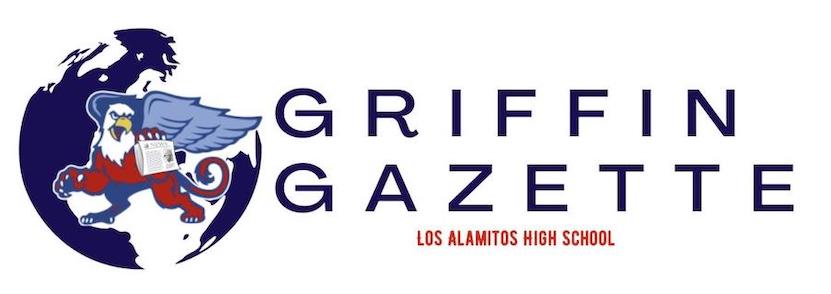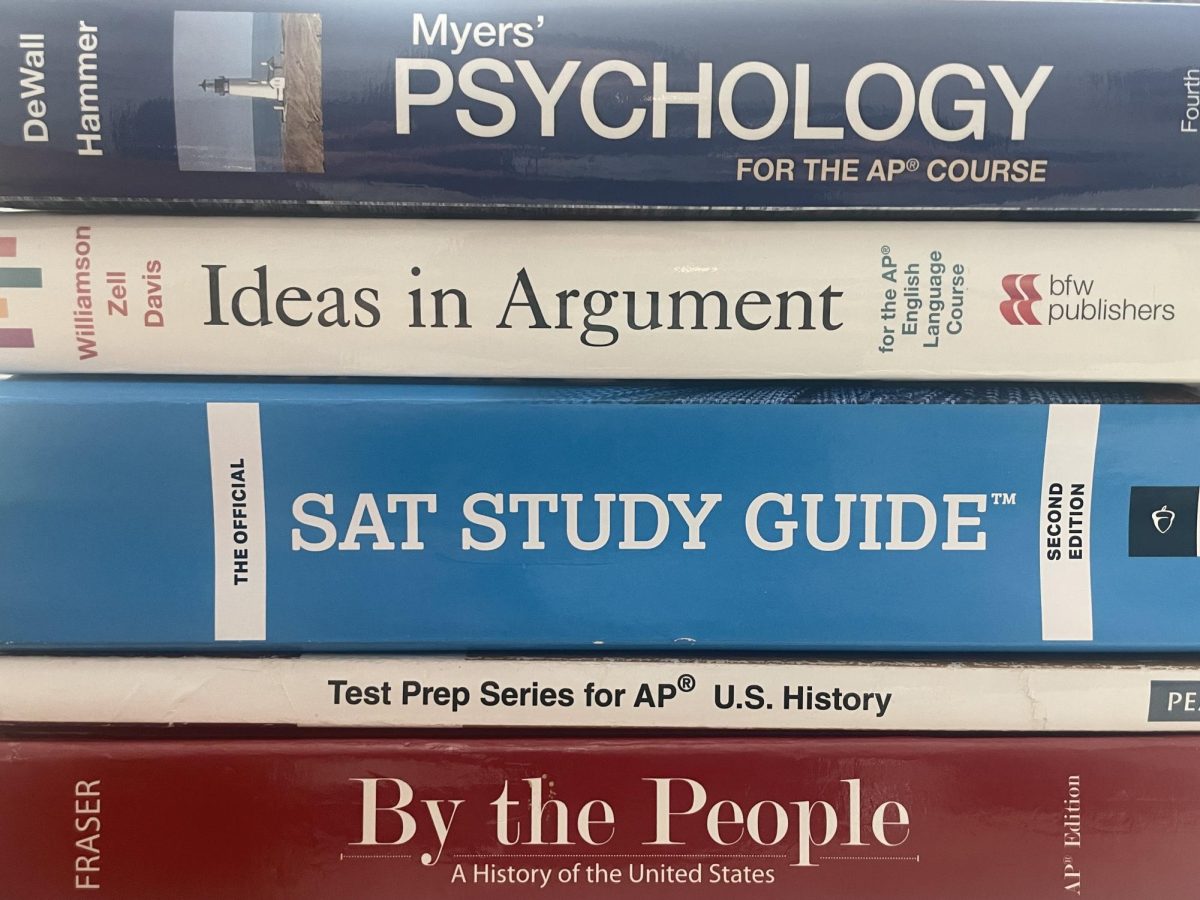LOS ALAMITOS, CA – After a stressful college application season, the class of 2024 has officially received all of their admissions decisions for the 2024-2025 school year. Amidst lower acceptance rates and challenging FAFSA delays, seniors are finally able to say that they survived the college admissions process.
“The admissions cycle has been consistent and pretty similar to what it’s been for students in the past,” said Mrs. Schaeffer, Los Alamitos High School’s College and Career Counselor. “I feel like this class is really dialed in [because] they had a lot of their things figured out in terms of what schools they were going to apply to.”
However, despite Los Al senior Nathan Yee’s organization when applying to over 30 colleges, he was especially stressed out by the college process because it took hours to craft his essays.
“Because I applied to over 30 colleges, I had to write over 50 essays in total for the whole process,” Yee said. “I was mainly nervous because I thought I wasn’t going to get into any college.”
Los Al senior Aaron Litt thought the college process was long and tiring but also very confusing.
“The college application process took awhile,” he said. “There were a few close calls with deadlines and some confusion between what, when, and where to submit things. But, in the end, I guess it worked out because I got to go to a college I liked.”
This cycle of college decisions has proven to be a challenge for not only the students but also college and university admit rates. Based on the continued success of students across the world, decision rates have seemingly decreased for many colleges in California and across the U.S. How have admissions trends affected these rates?
Recent admissions trends
In order to understand why decisions rates have seemingly plummeted, it is important to look at recent admissions trends. While colleges have always thought that grades are important, recent trends show that colleges care more about demonstrated interest now than they did 20 years ago.
“I almost want to say that it was a shift,” Litt said. “I feel like schools like UC San Diego, Irvine, and Davis were a lot harder this year to get into for a lot of people, which is not typical from the little bit I knew. But [I also know] if more people are going there, then there had to be other schools that had a lot more empty spots than usual.”
According to Ivy Wise, 20% of colleges said they place considerable importance on interest in their school, which has increased from the early 2000s by 7%. This means that colleges are looking at students who want to attend their school, rather than just applying for the sake of applying. Ivy Wise explained that this helps manage the percentage of admitted students who enroll.
“It’s not a matter of if you are qualified to be at that school, it’s just based on how [admissions officers view] your information at the school you are applying to,” Mrs. Schaeffer said. “The schools that I see changing are the really highly selective schools. They are typically test flexible, meaning that you could send in an AP score rather than an SAT or ACT.”
Another recent trend has been more deferrals and longer waitlists, according to Forbes. Typically, deferrals happen to applicants who apply early in order to control the class sizes for the school. Deferrals can happen even if strong candidates have incredible extracurriculars and can provide a great perspective to the college. However, the amount of applicants this year made this trend even more clear.
“This year there have been a little more waitlists with the UCs than I remember in the past, but not anything huge, which is great. I haven’t heard ‘Oh my gosh, I didn’t get in anywhere,’ which is probably my biggest fear for [students],” Mrs. Schaeffer said.
Based on Common App’s latest update, the number of college applicants increased by 6% for fall 2024 admissions, which have led institutions like Harvard to defer 83% of applicants. At the same time, Collegiate Gateway also explains that some universities, such as Yale, lowered their deferral rate. The class of 2025 had 50% of applicants deferred, while only 19% were deferred for the class of 2028.
While waitlist rates depend on the college and location, rates for acceptances from a waitlist are usually under 15%. Ivy Wise released a few decisions and among the list were a mix of public and private universities. Pomona College and UCLA were among the few standout examples. Pomona College waitlisted 587 applicants and admitted 10.56% from their waitlist, while UCLA waitlisted 11,725 applicants and admitted 11.94% from their waitlist.
Why applications rates were up and admissions were down this year
On March 6, 2024, the University of California released their application totals for fall 2024 admissions. In total, they received 250,436 applications (206,893 were for first-year admission, and 43,543 were applications for transfer admission). This number is a 1.5% increase from last year and mainly had to do with an increase in the number of California residents, transfer applicants, and students from underrepresented groups applying.
While the UCs do not account for every school in California, this number mainly shows an increase in how many students are now applying to college. These numbers are reflective of the high-demand colleges are facing, and Yee thinks part of it has to do with colleges choosing to go test optional during COVID-19.
“I just feel like especially after colleges went test optional, a lot of kids were applying without test scores,” he said. “Before, the applicant pool was really self-selective, and if you had [a specific] SAT score, you were pretty much okay to apply to a college.”
In Yee’s opinion, the absence of this limitation encourages more people apply, but since colleges have the same amount of spots, the acceptance rate would naturally decrease. Following a similar idea, Mrs. Schaeffer believes that colleges are looking for students coming from an underrepresented situation to increase their connectability with their mission to educate students.
While many factors have led the class of 2028 college admissions cycle to be difficult, seniors should be proud of the hard work they put in to be accepted into great universities. Congratulations to the class of 2024 seniors!















